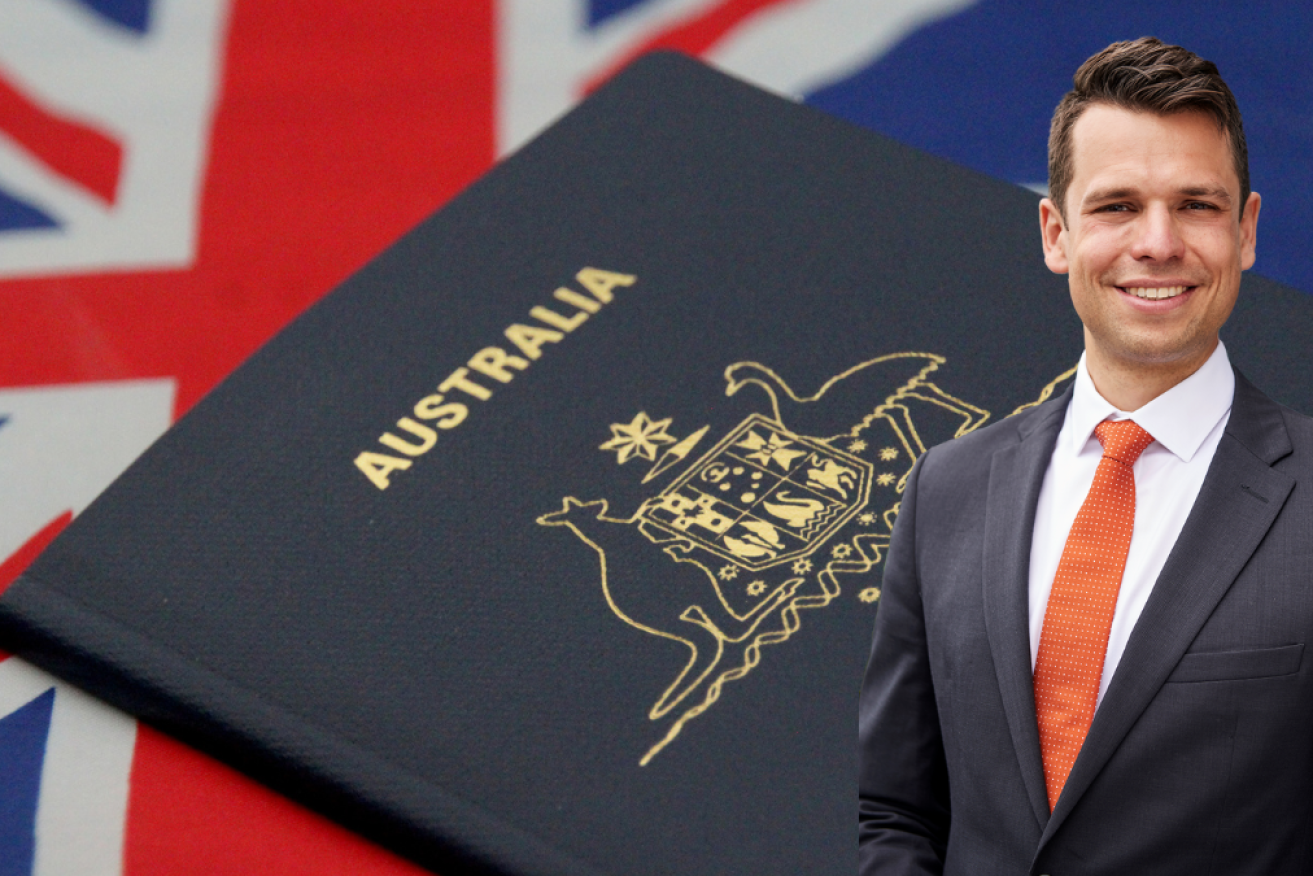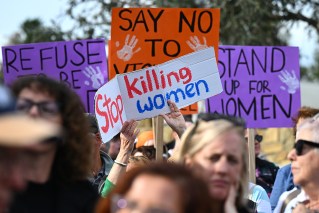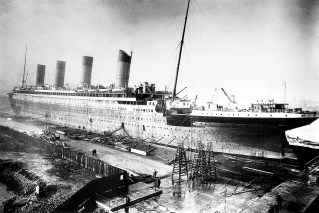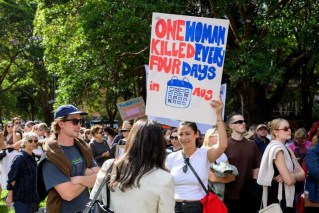The Stats Guy: How Australia is recovering from the pandemic’s migration slow down


Migration in Australia is recovering after the pandemic. Photo: Getty/TND
Moving is what migrants do, so let me update you on the latest Australian migration data.
In the 2021/22 financial year our migration almost completely recovered from the pandemic impacts.
During the early stages of the pandemic we experienced negative net overseas migration (more people moving away from Australia than moving to Australia) for the first time since World War II in 2020/21.
Our net loss of 85,000 people to overseas compares to an annual average increase of 216,000 people in the pre-pandemic decade.
In 2021/22, net migration recovered to 171,000 people or 79 per cent of the pre-pandemic decade long average.
State by state
The federal government made it clear early on that no financial support was going to be extended to temporary visa holders.
No wonder migrants left Australia.
The loss of overseas migrants during the lockdown financial year of 2020/21 was by far the biggest in Victoria (-53,000).
Nobody would be surprised to learn that migrants left Victoria at a much higher rate than other states (New South Wales only lost 16,000 people to overseas while Queensland lost 13,000). Living under lockdown conditions without any financial support hardly sounds appealing. Predictably turned their back on Victoria.
But did the lockdowns permanently hurt Brand Victoria?
Well, Victorians voted Daniel Andrews back in. So internally the brand of Victoria appears to be strong.
Internationally, the recovery of Victoria has been extremely impressive. From a net migration loss of 53,000 to a net gain of 56,000 in the following year. Victoria remains attractive to international migrants.
In Australia we commonly overestimate how much the world cares about our internal affairs.
Australia has the best chances of making international news when a Perth man gets attacked by a great white shark or a croc goes after a German tourist in the NT.
International students come back
International students have returned at much higher rates than pessimists predicted.
In Victoria 46,000 international students arrived in 2021/22 – that compares to an annual average of 37,000 students arriving in the state in the pre-pandemic decade.
On a national level the recovery in the international student market has been equally impressive. We welcomed 137,000 international students to our high schools, TAFEs, and universities.
The pent-up demand of not having been able to come to Australia for a year and a bit plays a role, but the real story is that demand for international education in Australia shows no signs of slowing down.
The market for international student accommodation is red hot.
One visa type still struggling
The backpackers on working holiday visas have only returned at low rates (27 per cent of pre-pandemic average).
Taking in only 13,000 backpackers to fill jobs in rural areas when the economy got used to 50,000 such workers is brutal. Farmers across the nation are desperately waiting for the return of this workforce.
We currently have a clogged-up visa system, and the most urgent and most lucrative visa types get serviced first.
On both these measures backpackers rank poorly. It will take a bit longer for the educated elite of Europe to return to Australia to pick fruit.
Where did migrants come from in 2021/22?
Mostly India.
One in five migrants to Australia was born in India.
Scanning through the top 15 source countries we see that Asia and to a lesser degree the Middle East is reshaping what Australia looks like.
In case you are mad enough to discuss these migration figures during your Christmas lunch, please remind Uncle Barry that Australia runs a skilled migration scheme, and we well and truly left the White Australia policy behind.
We don’t care where people come from, we care about the skills they can bring to the national economy.
India is our number one source country because they produce plenty of IT, engineering, and technology workers – just the type of workers our economy demands.
Chinese migrants down
In 2021/22 we only took in half as many Chinese migrants as we used to do leading up to the pandemic.
Any news story about Chinese lockdowns directly impacts what Australia looks like.
Thankfully the ABS still lists Hong Kong as a separate region in its data.
The number of Hong Kongese moving to Australia increased by a factor of five.
These are overwhelmingly highly educated young professionals that are unhappy with the political changes in Hong Kong.
The economic benefits of migration should be obvious.
International students bring endless capital into the country, skilled workers fill jobs and help us grow our economy, all migrants (just as all Australians) consume stuff and keep the economic engine ticking along nicely.
But doesn’t migration create lots of problems too?
Congested roads, high housing costs, additional environmental stress, and social cohesion are commonly listed complaints.
As long as we can provide enough water for our additional population, I don’t see any major environmental issues with a larger population.
In a global climate system, the total global number of humans matters much more than where people live.
A highly educated Indian IT professional will have roughly the same environmental footprint in Mumbai as they will have in Melbourne.
The issue of global population is solving itself as we’ve already experienced peak baby a decade ago.
Congested roads and high house prices are the result of local policy failure.
We grew population at a faster rate than we upgraded our infrastructure and dwelling stock.
That’s a recipe for disaster.
We still haven’t learnt
Our national migration and housing policies still aren’t linked.
Allowing in more migrants without adequately amping up housing supply is inviting trouble.
Linking these two policies would address one of the biggest problems high migration brings.
Social cohesion is rightfully mentioned as an issue in any migration nation.
We need to constantly reinvent who we collectively are as a nation.
No easy feat but Australia has done this much better than most places around the world.
This is an ongoing process that works itself out in the form of culture wars, by integrating the foods of new migrants into the national cuisine, and by providing opportunities for migrants and locals to interact with one another as equals.
Sport plays a crucial role here but so do volunteering organisations and healthy workplace cultures.
Demographer Simon Kuestenmacher is a co-founder of The Demographics Group. His columns, media commentary and public speaking focus on current socio-demographic trends and how these impact Australia. Follow Simon on Twitter or LinkedIn for daily data insights.








